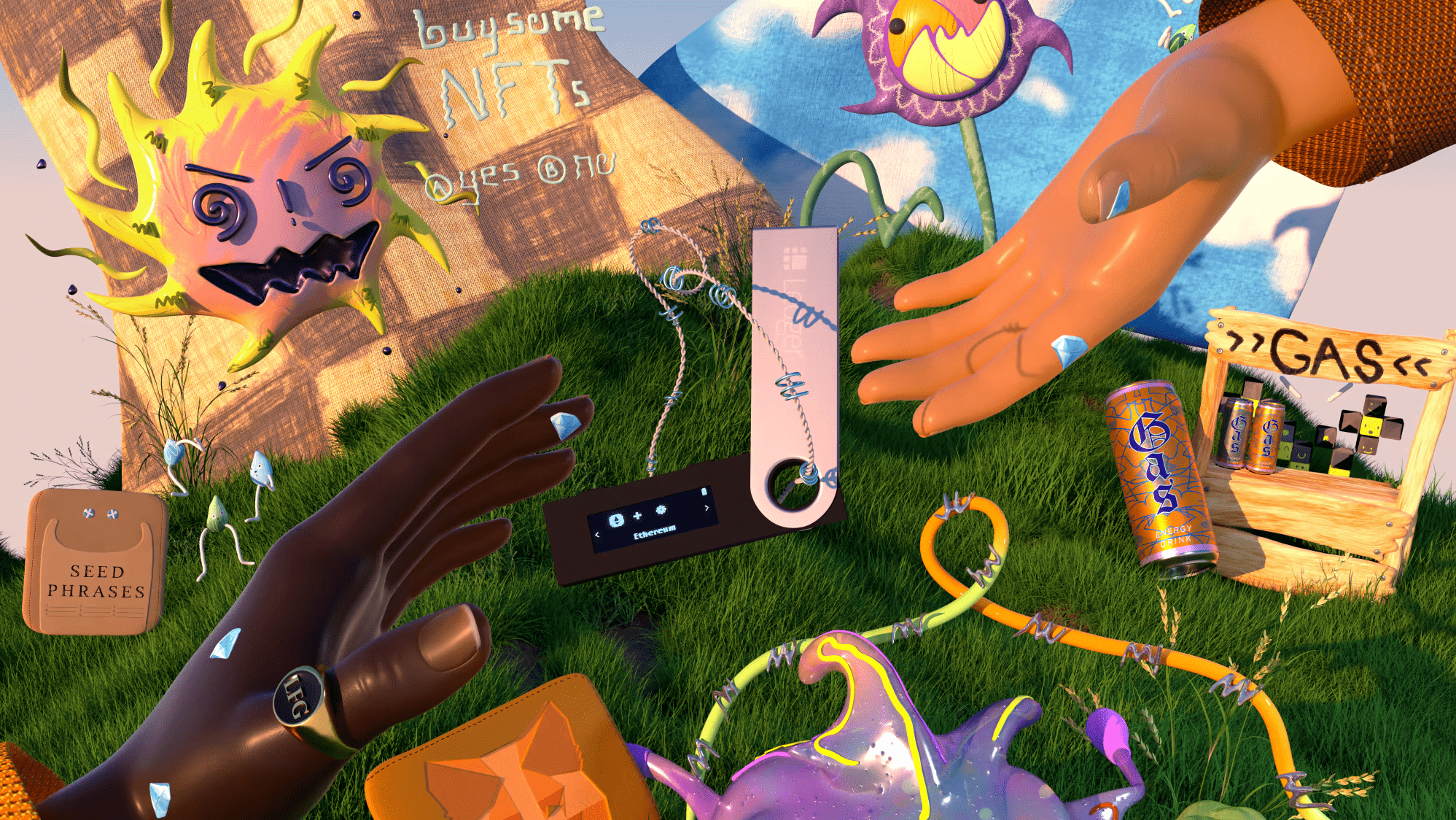Every week we simplify the market into key points so you can stay up to date on market trends, upcoming drops, top project guides and much more!
BY Langston Thomas
December 20, 2022
Once upon a time, there were only crypto companies. In the era before NFTs, when crypto was still completely niche, the blockchain was ruled by developers and traders. But now, crypto traders have given way to deep-pocketed collector DAOs, and individual crypto-artists to a new paradigm of full-spectrum NFT project management teams.
Where does the line lie, though, between the lovable rag-tag NFT brands scraping by via PFP primary sales, and the literal empires being built by established (and aptly licensed) Web3 companies? One obviously precedes the other, but in functionality, do they differ all that much? Well, yes and no. As exhibited during nft now x Mana Common’s The Gateway, both brands and imprints have continued to make their presence known during the bear market while at the same time illustrating how fine the line is between “NFT-native” and “Web3-centric.”
The major distinction between NFT brands and Web3 companies is akin to that of the bourbon vs. whiskey differentiation. Meaning that while all NFT-native brands are Web3-centric, the opposite is not true. This is due to the simple nature of NFTs as a blockchain-native technology. If Web3 is going to grow using decentralized means, then NFTs are undoubtedly a predecessor to Web3. And as Web3 develops and more players enter, they need not be involved with NFTs, but will undoubtedly benefit from the historical achievements of blockchain-based non-fungibility.
Take an entity like Rug Radio as an example, to further illustrate this separation. The project was founded as a decentralized media platform, designed by and for the NFT community. In this case, it’s clear that branching out into the PFP market is on-brand with non-fungibility. This ecosystem expansion also speaks to burgeoning Web3 models of funding and building, since Rug Radio stands to make a sizeable profit from the sale of a large-scale collection that can then be used to the benefit of its community.
Man I leave every call with @CoryVanLew INSPIRED and HYPED like crazy!!! We got so much cool stuff in the works, Faces of Web3 will leave everyone with fine art in their wallets and so much more to it, 2023 will be BIG for @RugRadio! 🎙💙 pic.twitter.com/4kRcdaAPYY
Yet, for a company like Ledger — the global platform for digital assets security — as previously noted, Web3 centrism does not need to come at the expense of NFT nativity. For example, Ledger has been around for nearly a decade, it has lasting power in the blockchain industry, and continues to set the pace for asset security in Web3 and NFTs. But even though the company has announced new NFT initiatives, it hasn’t become any more of an NFT brand than it ever was.
You might wonder: “Do these distinctions really matter?” Honestly, yes. Because if we consider the adversity that NFTs have continued to face from both entertainment industries and consumers, it makes perfect sense why brands are refusing to mention the term “NFT” during their literal NFT launches. “Web3”, on the other hand, is still widely viewed with rose-colored glasses as the fabled next iteration of the internet. But whether or not this will hold up as NFT use cases expand and are implemented further into our daily lives is anyone’s guess.
Author
Administraroot


